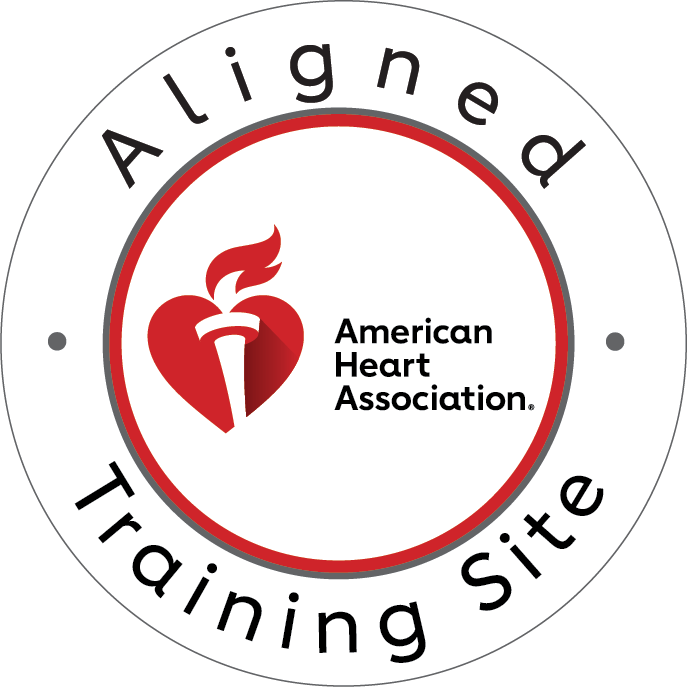Mastering the Systematic Approach: Essential Skills for ACLS Providers

Introduction
As an ACLS student, you know that a systematic approach is critical in the management of cardiac emergencies. A systematic approach provides a structured, step-by-step process for managing cardiac emergencies, allowing healthcare providers to quickly and effectively respond to cardiac arrest and improve patient outcomes. In this post, we'll cover some of the key components of a systematic approach, including chest compressions, breathing and pulse checks, CPR initiation, defibrillation, and minimizing interruptions in chest compressions.
Chest Compressions
When performing chest compressions, it's important to compress at a rate of 100 to 120/min. This rate has been shown to provide adequate perfusion to vital organs and improve patient outcomes. Remember to push hard and fast, allowing for full chest recoil between compressions. Effective chest compressions are critical in maintaining blood flow to vital organs, such as the brain and heart, and can help improve the chances of successful resuscitation.
Breathing and Pulse Checks
After determining that a patient is unresponsive and activating your emergency team, it's important to perform a breathing check and pulse check simultaneously. This minimizes delay in detection of cardiac arrest and initiation of CPR. Check for breathing by looking for chest rise and fall, and listen for breath sounds. Check for a pulse by palpating the carotid artery for 5 to 10 seconds. If a patient is not breathing and has no pulse, start CPR immediately, beginning with chest compressions.
CPR Initiation
If a patient has no pulse within 10 seconds of a pulse check, start CPR immediately, beginning with chest compressions. Effective CPR is critical in maintaining perfusion to vital organs and improving patient outcomes. Remember to continue compressions at a rate of 100 to 120/min, allowing for full chest recoil between compressions. After every 30 compressions, deliver two breaths to the patient, making sure to maintain a proper seal with the mask.
Defibrillation
When defibrillation is indicated, it's important to follow each shock immediately with CPR, beginning with chest compressions. Defibrillation is aimed at restoring normal heart rhythm and should be performed as soon as possible after identifying a shockable rhythm. Remember to always ensure that everyone is clear of the patient before delivering a shock, and to make sure that the defibrillator pads are properly placed.
Minimizing Interruptions in Chest Compressions
ACLS providers must make every effort to minimize interruptions in chest compressions. Interruptions in chest compressions, such as for defibrillation or rhythm analysis, should be limited to no longer than 10 seconds. When chest compressions are interrupted, blood flow to the brain and heart stops, which can reduce the effectiveness of CPR. Remember to always communicate clearly with your team and to plan ahead to minimize any potential interruptions.
Conclusion
A systematic approach is critical in the management of cardiac emergencies. By following the key components of a systematic approach, including chest compressions, breathing and pulse checks, CPR initiation, defibrillation, and minimizing interruptions in chest compressions, you can help improve patient outcomes and reduce the risk of complications. Remember to always seek out additional training and resources to continue improving your cardiac care skills. By working together as a team and following a systematic approach, you can help save lives and make a difference in the world of cardiac care.


American Heart Association Certified Training Provider
2735 Terwood Rd. Unit H, Willow Grove, PA


